An interview about the Booted Eagle – Rob Martin
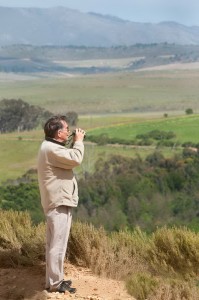
I have had a life-long interest in birds, following in the footsteps of my late father whose only hobby was “birding”. My parents made me a member of the Cape Bird Club in about 1950 when I was only 4 years old and I have remained a member ever since. I have a wide-ranging interest in birds with a special interest in the Booted Eagle. – Rob Martin
Introduction by Dave Pepler
It is my privilege to introduce Rob Martin for this interview about the Booted Eagle. Rob is first and foremost known as one of the principal bird experts in Southern Africa, and has more than 240 ornithological articles to his name. As one of the most prolific contributors to the Cape Bird Club’s journal Promerops, Rob also made major contributions to both The Atlas of the birds of the Southwestern Cape, the Atlas of Southern African Birds and recently to the latest edition of Robert’s Birds of Southern Africa. Although a superb all rounder, his abiding interest has been in birds of arid regions and, over the last thirty years, the Booted Eagle. We met, some 35 years ago, whilst working in the same university department where Rob was a statistician and I worked as a technician. Being an intensely private person, it took some time before he invited me on a field trip. A friendship was formed then which has sustained me to this day. We soon found that we shared an interest in literature and music, but it was natural history, and particularly ornithology that cemented our friendship.
Over the following years we published widely on the European Hobby, and the Peregrine Falcon, but it was Rob, and his late father John, that single mindedly and systematically pursued the then poorly studied Booted Eagle in one of the most detailed investigation on any African raptor. This superb data set culminated in our 2001 paper in The Journal of Raptor Research and Rob’s entry for Booted Eagle in Robert’s Birds of Southern Africa.
Rob Martin is Zen-like in his generosity. Over a lifetime he has selflessly given data to anybody that shared his interest and I am of the opinion that the sheer volume and quality of the data constitutes a number advanced degrees. His versatility as a field observer is unsurpassed and many a well known ornithologist started a professional career under Rob’s tutorship.
I am honoured and blessed to know Rob Martin – Dave Pepler.
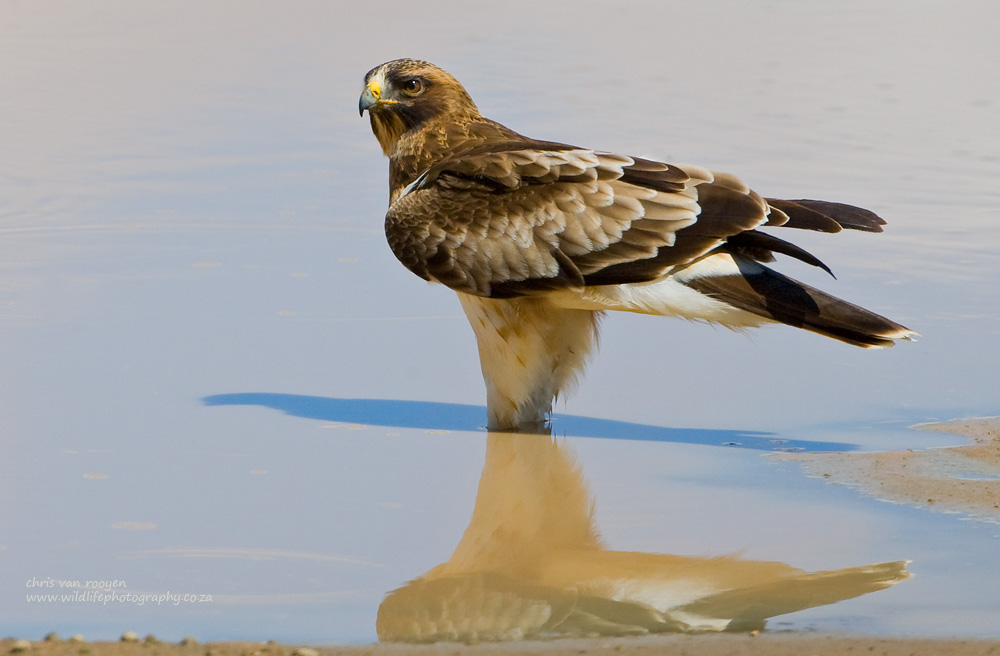
1) What is known about the current situation of the Booted Eagle in South Africa?
There are two populations of Booted Eagles in South Africa: intra-African breeding migrants and summer visitors from Europe. Breeding occurs throughout the Western Cape; the south-western corner of the Northern Cape and the western parts of the Eastern Cape. There is also a small breeding population in Namibia. About 20 years ago I estimated the breeding population to be about 700 pairs but I now consider this figure to be very conservative.
2) How has the population developed during the last decades? Are there regional differences?
I have been interested in Booted Eagles since 1972 and I am not aware of any significant changes in the population. However, Booted Eagles have, in recent decades, moved into areas where they were not formerly known to occur and this may be due to the removal of dense indigenous vegetation (which makes for difficult hunting) and the planting of cereal crops (which attract rodents). In other words, they may well have benefited from agricultural activity.
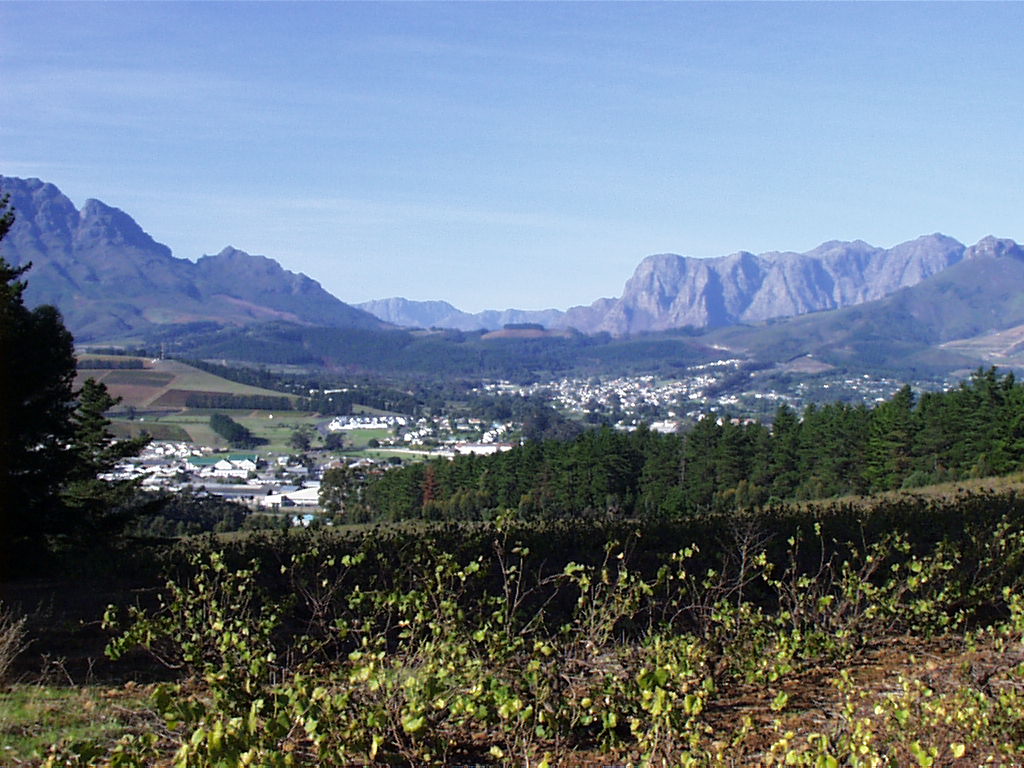
3) What is the preferred habitat of the Booted Eagle in South Africa?
Unlike the European population, South African Booted Eagles avoid woodland and hunt mostly over low scrub or agricultural crops such as wheat or even vineyards. Only five nests of the 250 that I have found were in trees. They require cliffs for breeding, especially cliffs from which small trees or bushes grow. Sites vary from wet areas such as the Stellenbosch mountains, where the rainfall is > 1300 mm per annum, to the Gariep River (formerly known as the Orange), where the annual precipitation is < 100 mm.
4) What is the most important prey of the Booted Eagle in South Africa?
In an excellent study conducted at two nest sites by Peter Steyn, 55 prey items were recorded. Birds made up 54%, lizards 33% and small rodents 13%. The largest birds were Speckled Pigeon and Namaqua Sandgrouse. I have witnessed a Booted Eagle dropping a tortoise onto to rocks to break the shell but this is probably unusual. Of course individual pairs may “specialize” in a particular prey item – at a nest in the arid Great Karoo (renowned for both the density as well as species diversity of its lizard fauna), the pair caught more lizards than birds.
5) Is there competition or even predation with or by other raptors?
Not really – Booted Eagles do most hunting on the wing and I have seldom observed them being harassed by other raptors. At breeding sites White-necked Ravens, Pied Crows and Egyptian Geese, all of which often nest on cliffs, are chased off by the eagles.
6) What is the average breeding success for Booted Eagles? What influences breeding success?
No study has been done on breeding success but my subjective impression is that they are very successful breeders. Severe droughts are probably the biggest cause of nest failure.
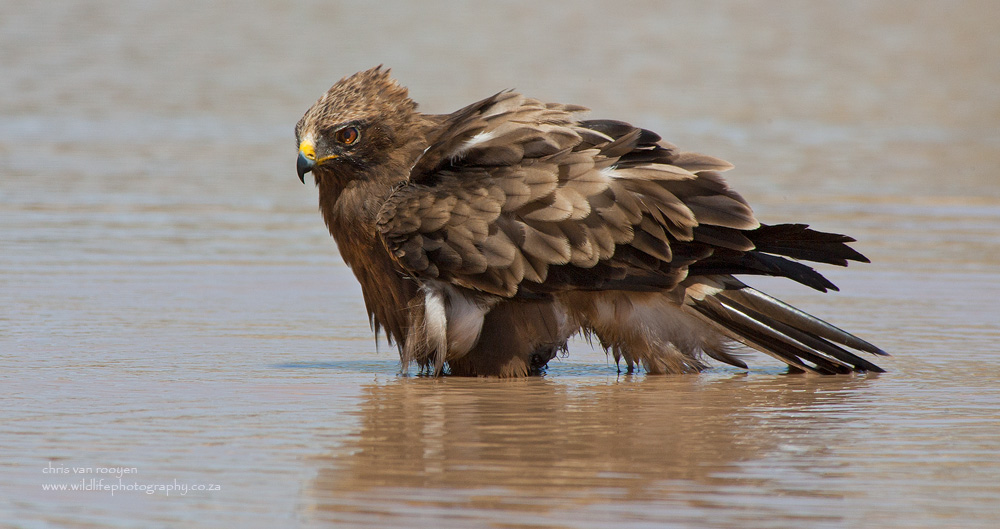
7) How large are the territories and the home range of the Booted Eagle in South Africa?
Territories are extraordinarily small and rival pairs are tolerated to a remarkable extent. In a mountain gorge on the western escarpment, 4 pairs breed on a 2 km stretch of cliffs and in the Little Karoo two pairs bred successfully on the same cliff, less than 200 m apart. It is not unusual to see two or even three pairs wheeling together above prime breeding areas, with no sign of aggression. Typically they will hunt a few km from their nest cliffs over the adjacent plains.
8) What is known about the survival rate of Booted Eagles in South Africa?
I know nothing about this and I doubt that there is any information available.
9) Are all Booted Eagles that breed in South Africa resident all year?
The breeding population is present from August to March and, on present knowledge, moves to Namibia, Botswana and perhaps Angola from April to July. A small percentage overwinter.
10) How many European Booted Eagles spend the winter in South Africa?
This is not known, as the European population cannot be visually distinguished from the local breeding population. In my home province, the Western Cape, there does not appear to be an increase in numbers in summer. My guess is that the migrants from Europe only regularly penetrate as far as the northern provinces but this is speculation.
11) What are the threats to Booted Eagles in South Africa?
Fortunately few. Booted Eagles are not large enough to prey on domestic animals and, unlike Martial Eagles for example, are not seen as a threat by landowners. Illegal hunting is possibly a problem but not to a large extent. Booted Eagles do tend to hunt over suburbia and I have heard of cases of pigeon fanciers shooting them (illegally of course).
12) Are there any conservation projects for the species?
Not that I know of and currently the local Booted Eagle population is not under threat.
13) What must be done to secure the future of Booted Eagles in South Africa?
Currently their future is not under threat but school education and TV programs on conservation do a lot to encourage an interest in, and tolerance of, nature in general.
14) What was your most amazing experience with Booted Eagles?
In 1972 my late parents and I found the first confirmed Booted Eagle nest in the southern hemisphere. We at first thought that this was probably just an aberrant occurrence. However within a few years, and after much searching, we discovered that Booted Eagles were widespread and quite common in the Western Cape. We never imagined that they could have been overlooked to such an extent and that there would prove to be a large and widespread breeding population in south-western South Africa.
Rob Martin. Email: rjmart@absamail.co.za

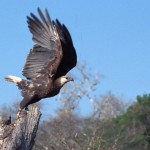

Lovely account of a fascinating species and the important discovery of the nesting population. Nice intro and wonderful photos too. Thank you all. I peered into a nest once in Karoo nat park and there was an agama and an elephant shrew lying next to the chick. One one occassion a Booted Eagle swooped down and caught a baby dassie (rock hyrax) from the group I was watching. It was carried form perch to perch but the adult dassies eventually chased the little eagle off and saved their youngster!
Rob has more information on birds in general and Booted Eagles in particularly, than anyone I know. He is always generous with his information and willing to share his knowledge. He is such fun to be with as he always spots or hears something that no-body else does. I have learned an enormous amount from his and I feel very priviledged to be his friend.
A riveting overview.